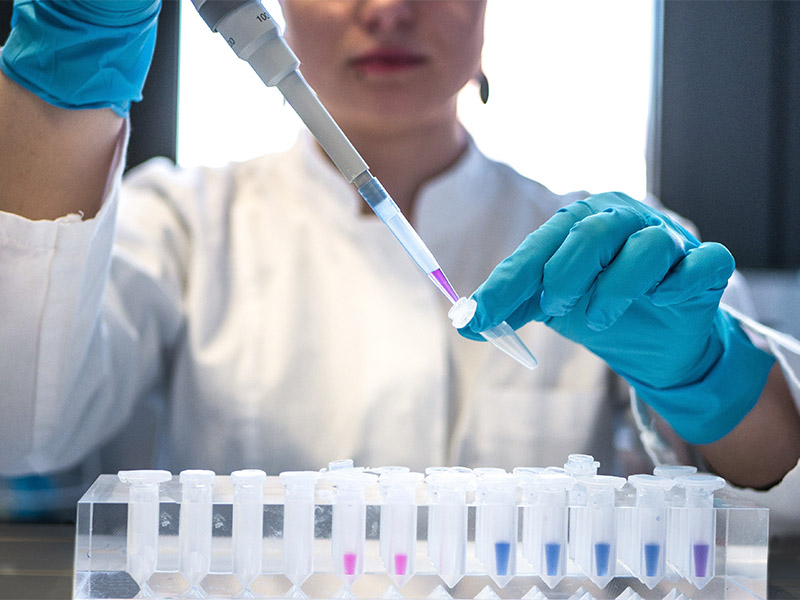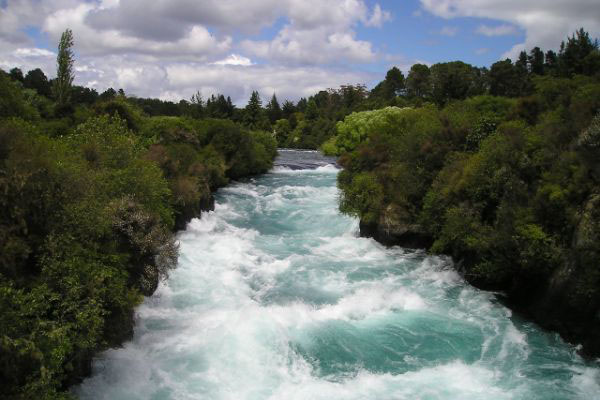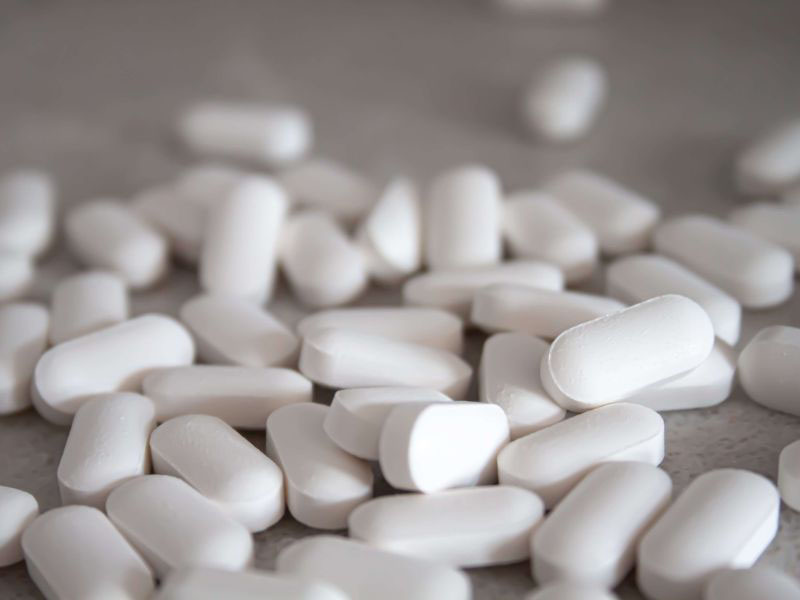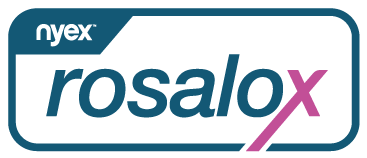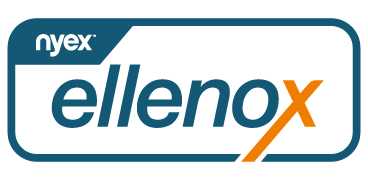Diclofenac Removal From Wastewater
Diclofenac is a commonly used as a non-steroidal anti-inflammatory medication for humans and animals. It is an effective pain reliever, but poses a threat to aquatic organisms and ecosystems.
In this article, we will delve into Diclofenac’s application, the aftermath of Diclofenac pollution in water, existing techniques for eliminating Diclofenac from water, and discuss the effectiveness of Arvia Technology’s Nyex Rosalox™ system.

